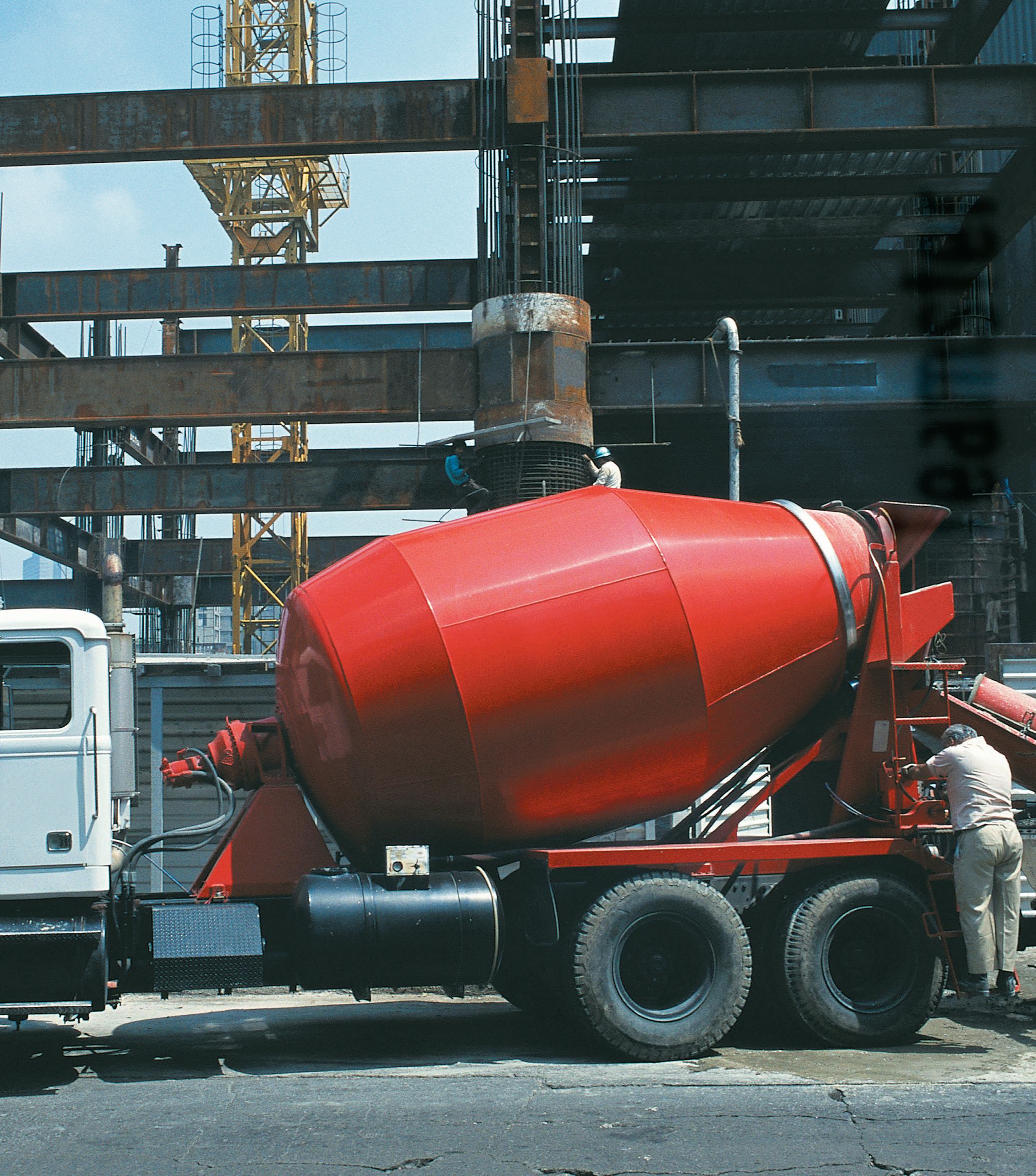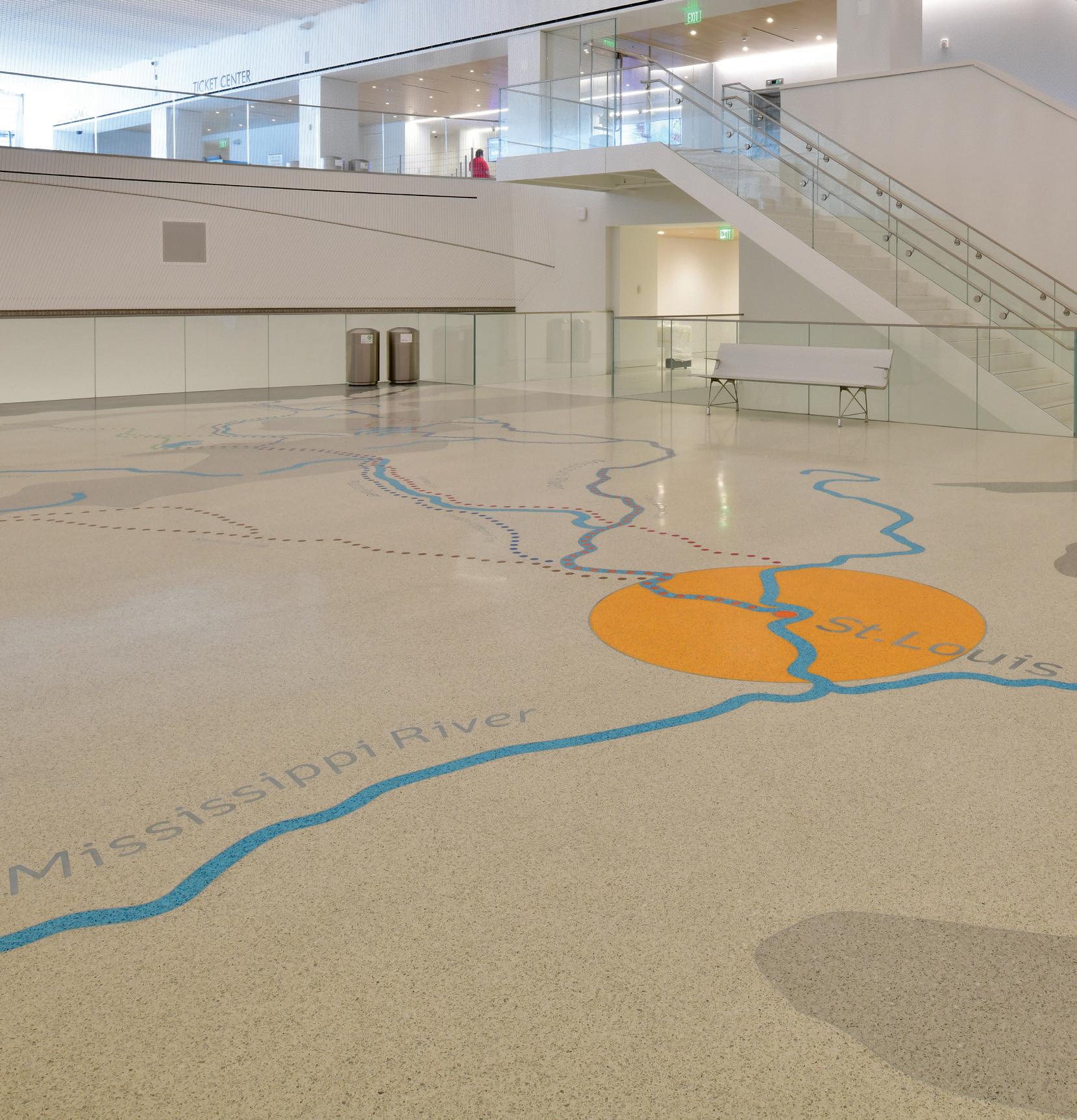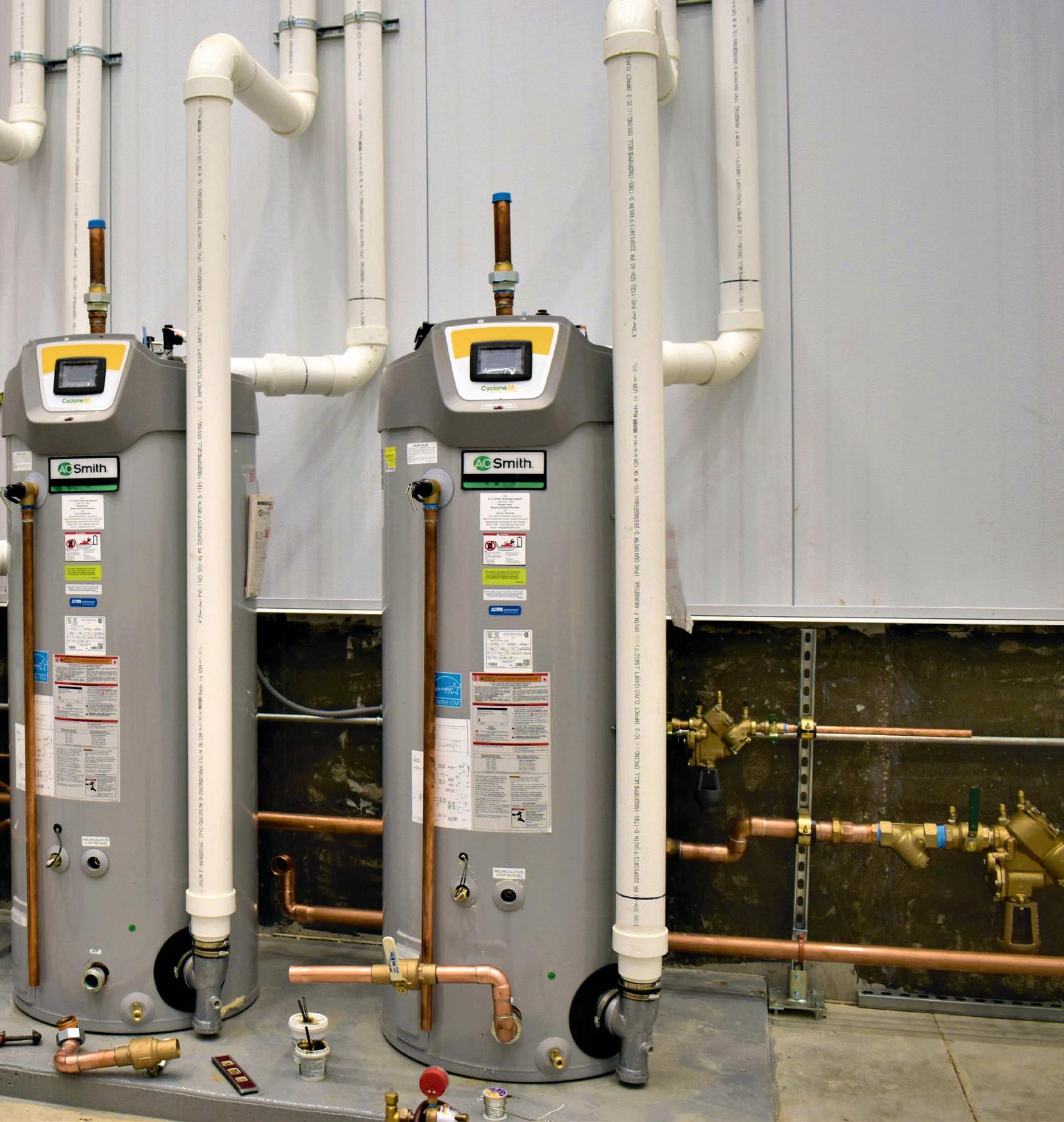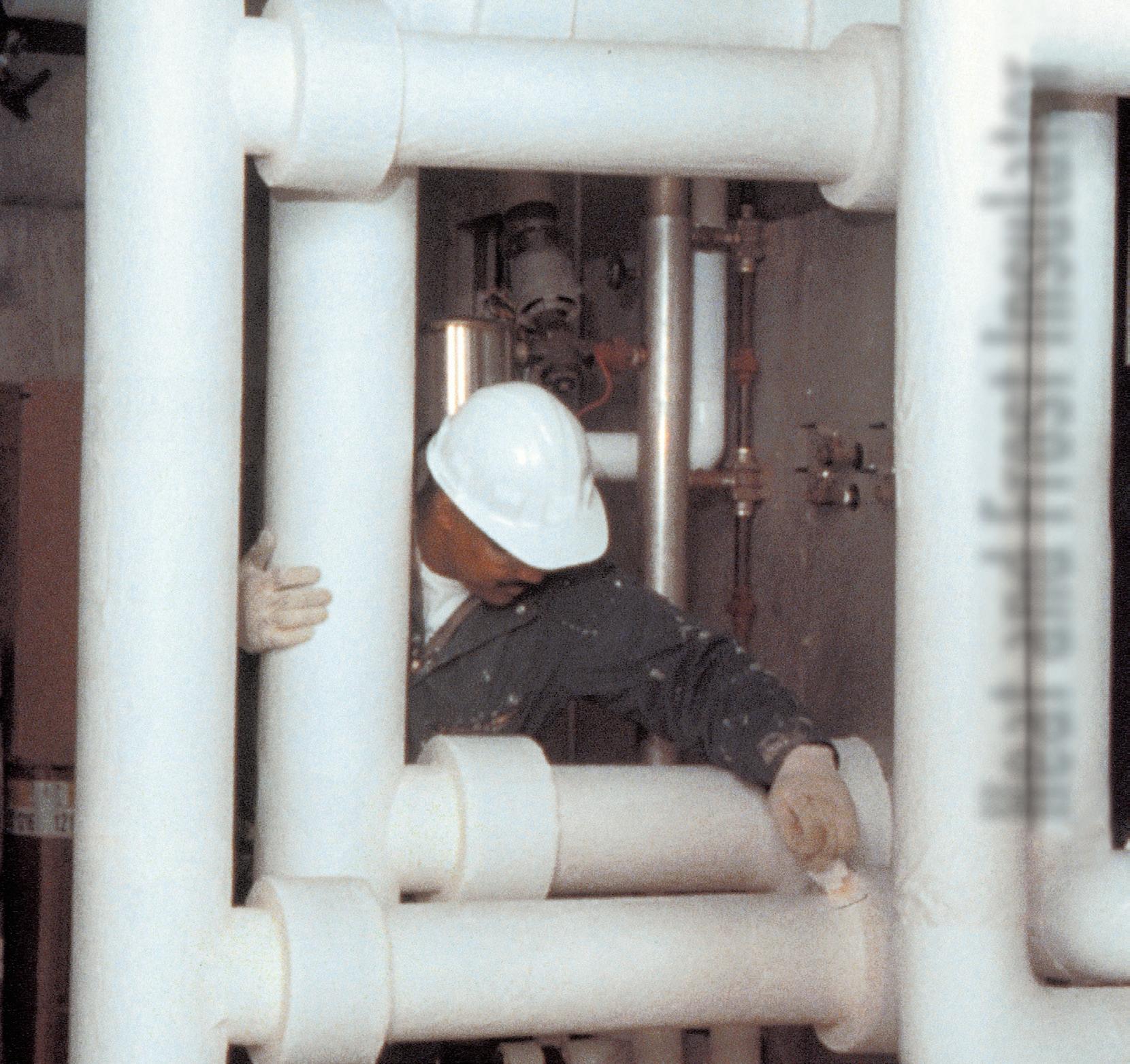
2 minute read
Bricklayer . . . . . . . . . . . . . . . . . . . . . . . . . . . . . . . . . . . . . . . . . . . . . . . . . . . . . . . . . .8 Bricklayer
Our skilled Bricklayers’ work can be found in residential and commercial communities.
Bricklayer Apprentices learn how to work on a team and build and restore some of the most beautiful structures ever built!

Bricklayer
Carpenter
WORK DESCRIPTION: Fully trained carpenters have one of the most versatile construction occupations. They work in many areas of construction, skilled in residential, commercial, and industrial construction. Carpenters use many different hand and power tools to cut, shape, and fasten building materials together to build structures. In addition to hand tools, carpenters may use high-tech devices and computer programs to ensure accuracy and project efficiency. Residential Carpenters typically specialize in new-home construction, condominiums, and remodeling. Job tasks may include building forms for concrete; framing floors, walls, roofs and stairs; installation of drywall; trims and cabinetry; and exterior finishes. Commercial Carpenters typically build or remodel commercial buildings such as hospitals, hotels, schools, and shopping malls. Many commercial carpenters work with light-gauge and heavy-gauge steel framing to construct interior and exterior wall assemblies. Most commercial carpenters perform many of the same tasks as residential carpenters.

Industrial Carpenters/Millwrights typically work in civil and industrial settings such as power plants, bridges, dams, or sewer construction projects. These carpenters will work with concrete systems, new infrastructure construction, and scaffold building. Millwrights are incredibly skilled at rigging, assembling, will perform high-precision machinery installations, weld, and dismantle machinery.
TRAINING PROGRAM: All applicants must obtain employment with a signatory contractor to gain entry to the apprenticeship training program. After entry, new apprentices must complete at least 144 hours of technical training per year. In the technical training, apprentices learn carpentry safety, blueprint reading, residential and commercial construction, concrete, rigging, scaffolding building, fall protection, and welding.
Day session classes meet nine hours a day, four days a week, Tuesday thru Friday. Apprentices attend the training center once each quarter for a scheduled unit of training. There are 18 total training units. Apprentices receive a small education grant per session. Apprentices advance through the program when both training units and on-the-job hour requirements are completed. Advancement through the eight terms of apprenticeship is based on the completion of two training units and 750 hours at each term level.
Apprentices graduate to journey-level status after completing 18 training units and 6,000 hours of on-the-job hour requirements. Apprentices who achieve journey-level status can apply their training directly toward a two-year college associate degree. Earning an associate degree can mean more opportunities toward pursuing a managerial role, such as superintendent or project manager.










